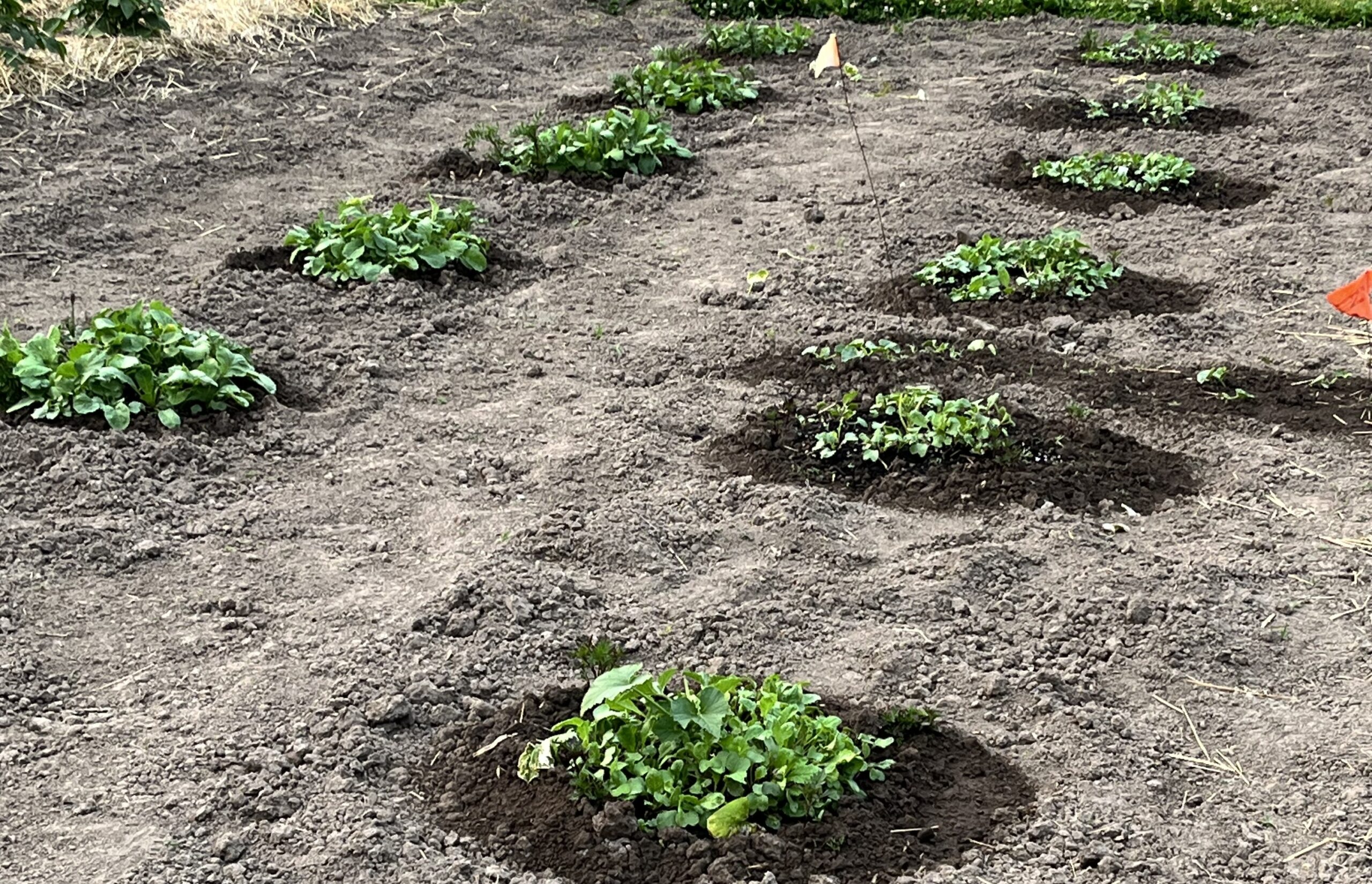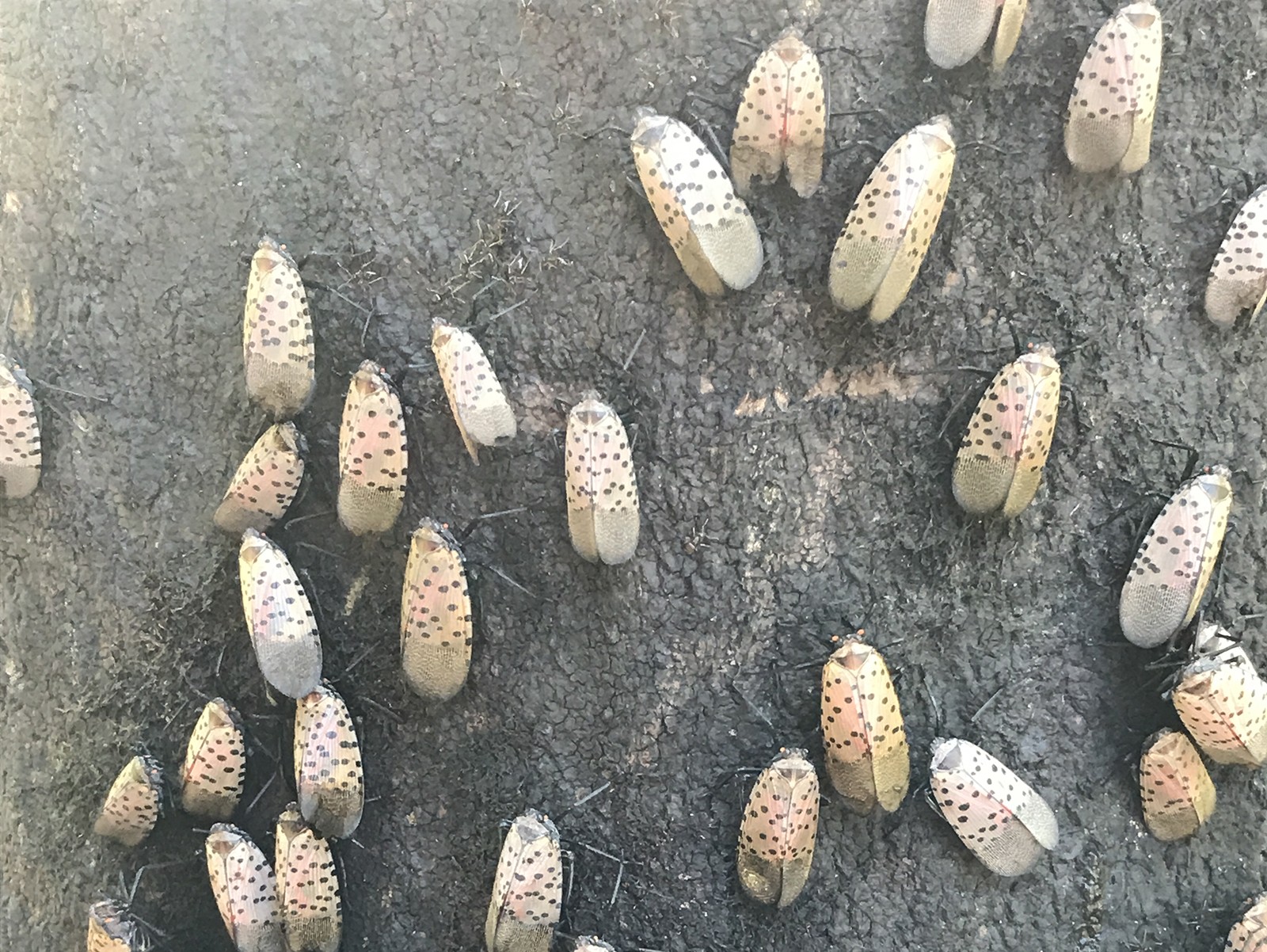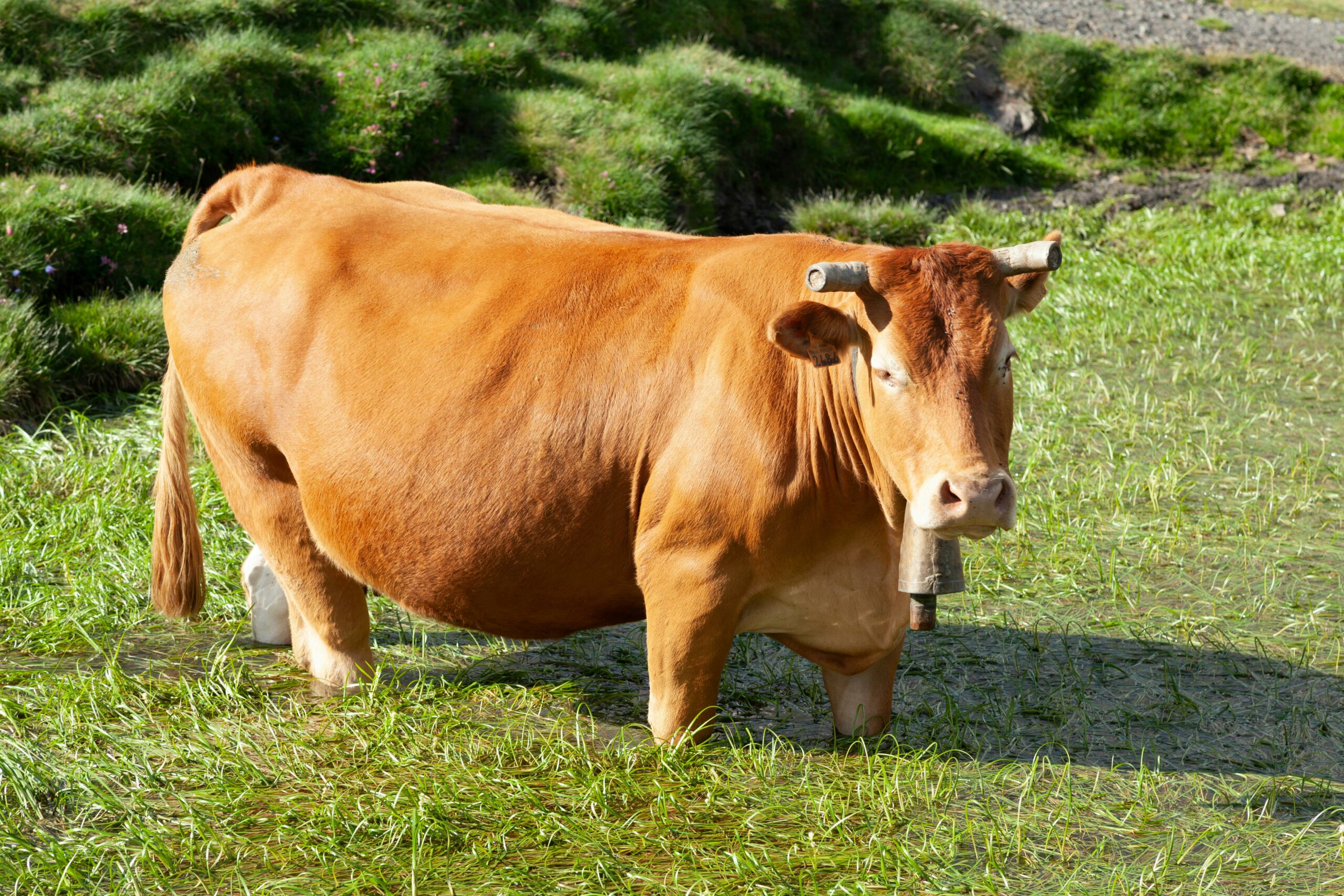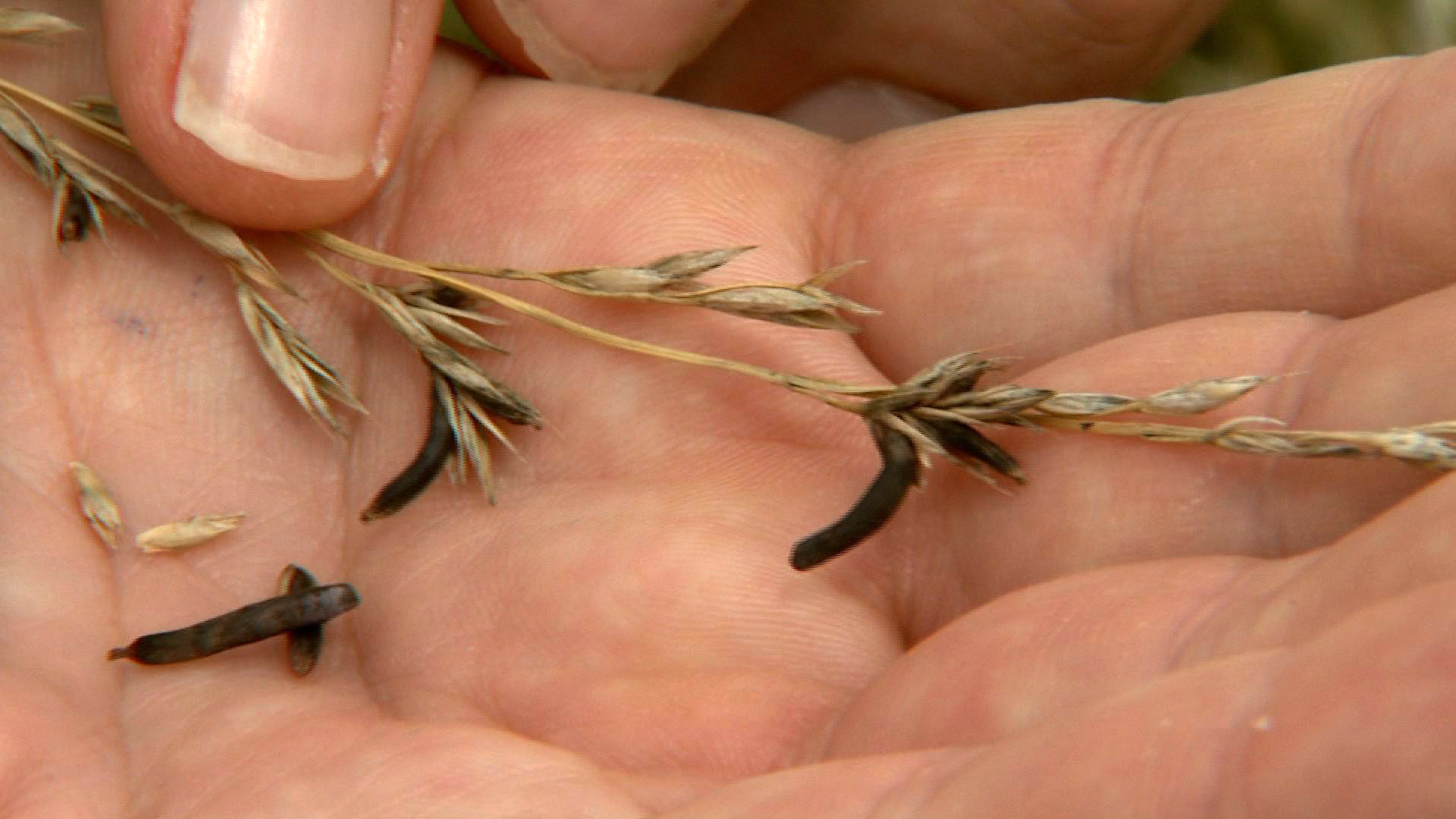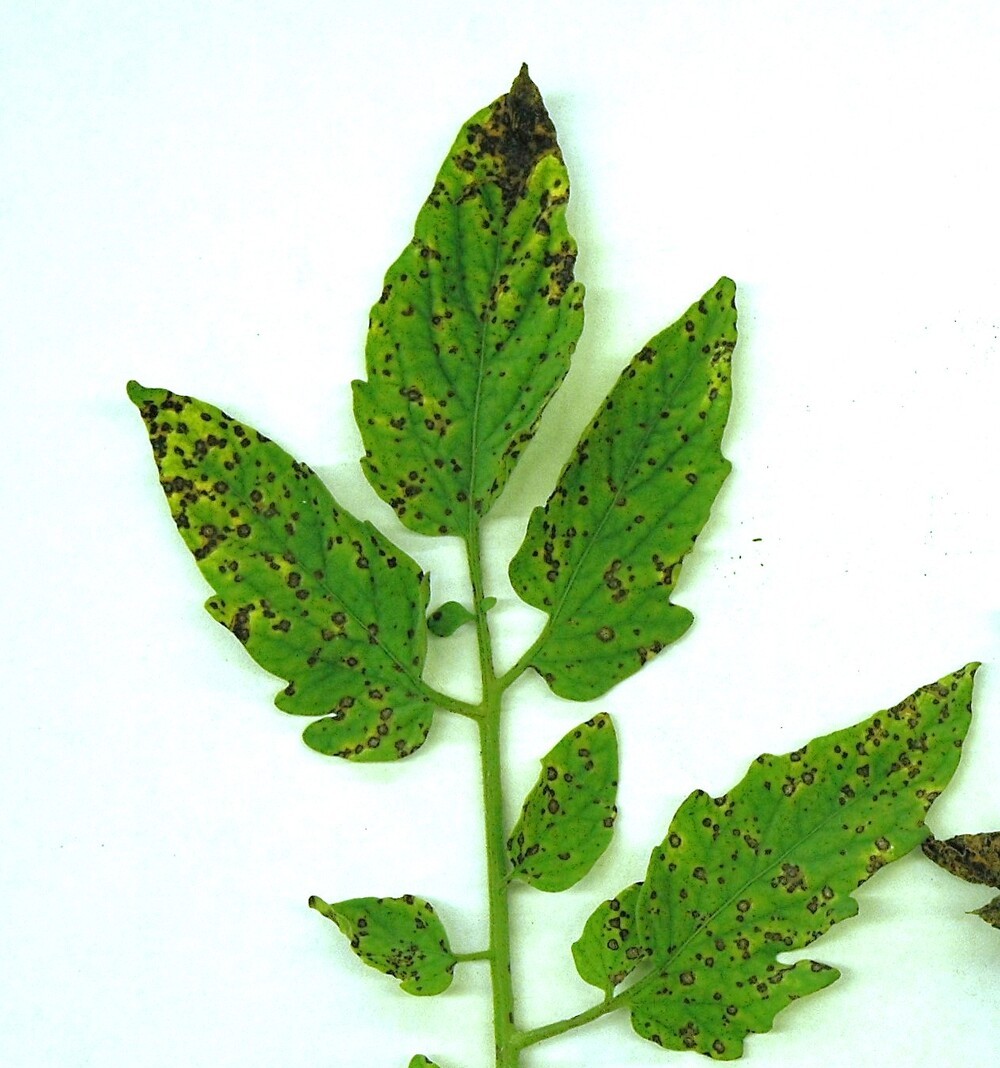This time of year, you can do anything you want with your yard, flowerbed, and garden. Vegetables of the cool season can be harvested. Some fruit is already ready to be picked.
Working in the St. Mary Community Garden has taught me a lot, including how much of everything to plant and what people enjoy and don’t like.
Fighting weeds and insects is one of the most important lessons we have learned. We accomplish this by avoiding the use of pesticides and chemicals. You can do a few simple things.
We use straw mulch around cucumbers, tomatoes, peppers, and potatoes to keep grass and weeds at bay. They are also able to save water because of this. To help prevent weeds from developing, I have also placed newspaper underneath the plants to block sunlight from reaching the soil.
It’s crucial to till and hoe the ground around all of the plants and in between the rows. The raised beds are simple to hoe. Some veggies shade the soil once they are large enough in the garden soil, preventing weeds from sprouting and spreading.
Continue to keep weeds under control. It will be easier if you can kill them early in their growth. Every time you work in the garden, look for weeds and pull them.
Sometimes it’s more difficult to combat insects than weeds. It is difficult to stop insects from eating your vegetables once they have begun.
Insect-repelling plants are what I like to grow. Vegetables like pumpkins, gourds, and squash are the most difficult to protect from insect attacks. There are insects that annoy tomatoes as well.
Using seeds and transplants, we plant the repelling plants a few days before to planting the veggies. In this manner, they can ward off insects days before the veggies are in the ground because they are up and growing before the vegetable plant.
In vining veggies, I use radishes and marigolds to ward off insects. The most dangerous insects that prey on vining crops are deterred by their aroma.
About 18 inches from the center of the area where the vining veggies are planted, we plant marigolds. Next, we plant radishes in a circle around the center of the area, about 12 inches in diameter. Within a few weeks, the radishes begin to spread their leaves and emit a perfume.
In the communal garden, marigolds are also employed in a number of different locations. They have been effective in keeping tiny insects away from tomatoes.
Lemongrass, lemon thyme, lemon balm, lavender, garlic, rosemary, nasturtiums, mums, petunias, basil, mint, and catnip are more plants that help keep insects away.
I combat insects with all-natural powder and spray. Over the past 12 months, I have been using neem oil. Insects of all kinds are killed by it. You mist the stem and leaves with it. It enters the insect’s body as it consumes the plant. They are beginning to expire within a day or two. Neem Oil also affects the hormone system of insects, making it hard for them to reproduce.
I use Diatomaceous Earth, an organic insecticide powder. Apply the powder on the plant’s stem and leaves. The insects are killed by their exoskeletons being damaged and absorbing the oil, causing dehydration and death.
When using Neem Oil and Diatomaceous Earth, you need to reapply after a rain or watering.
I appreciate all your questions in the past and look forward to them in the future. Thanks and please keep them coming. Call me 573-588-2040, visit me at Shelby County Implement in Shelbina, Mo., email me [email protected], check out Greenwell s Greenhouse Group on Facebook or ask me anytime you see me.
Enjoy the warm weather.
This time of year, you can do anything you want with your yard, flowerbed, and garden. Vegetables of the cool season can be harvested. Some fruit is already ready to be picked.
Working in the St. Mary Community Garden has taught me a lot, including how much of everything to plant and what people enjoy and don’t like.
Fighting weeds and insects is one of the most important lessons we have learned. We accomplish this by avoiding the use of pesticides and chemicals. You can do a few simple things.
We use straw mulch around cucumbers, tomatoes, peppers, and potatoes to keep grass and weeds at bay. They are also able to save water because of this. To help prevent weeds from developing, I have also placed newspaper underneath the plants to block sunlight from reaching the soil.
Tilling and hoeing between the rows and around all the plants in the ground. The raised beds are simple to hoe. Some veggies shade the soil once they are large enough in the garden soil, preventing weeds from sprouting and spreading.
Continue to keep weeds under control. It will be easier if you can kill them early in their growth. Every time you work in the garden, look for weeds and pull them.
Sometimes it’s more difficult to combat insects than weeds. It is difficult to stop insects from eating your vegetables once they have begun.
Insect-repelling plants are what I like to grow. Vegetables like pumpkins, gourds, and squash are the most difficult to protect from insect attacks. There are insects that annoy tomatoes as well.
Using seeds and transplants, we plant the repelling plants a few days before to planting the veggies. In this manner, they can ward off insects days before the veggies are in the ground because they are up and growing before the vegetable plant.
In vining veggies, I use radishes and marigolds to ward off insects. The most dangerous insects that prey on vining crops are deterred by their aroma.
About 18 inches from the center of the area where the vining veggies are planted, we plant marigolds. Next, we plant radishes in a circle around the center of the area, about 12 inches in diameter. Within a few weeks, the radishes begin to spread their leaves and emit a perfume.
In the communal garden, marigolds are also employed in a number of different locations. They have been effective in keeping tiny insects away from tomatoes.
Lemongrass, lemon thyme, lemon balm, lavender, garlic, rosemary, nasturtiums, mums, petunias, basil, mint, and catnip are more plants that help keep insects away.
I combat insects with all-natural powder and spray. I have used Neem Oil during the past year. It kills insects in all their forms of life. You spray it on the foliage and stem. As the insect feeds on the plant, they get it in their body. They are beginning to expire within a day or two. Neem Oil also affects the hormone system of insects, making it hard for them to reproduce.
I use Diatomaceous Earth, an organic insecticide powder. Put the powder on the leaves and stem of the plant. The insects are killed by their exoskeletons being damaged and absorbing the oil, causing dehydration and death.
When using Neem Oil and Diatomaceous Earth, you need to reapply after a rain or watering.
I appreciate all your questions in the past and look forward to them in the future. Thanks and please keep them coming. Call me 573-588-2040, visit me at Shelby County Implement in Shelbina, Mo., email me [email protected], check out Greenwell s Greenhouse Group on Facebook or ask me anytime you see me.
Enjoy the warm weather.
Pat Greenwell is the owner of Shelby County Implement in Shelbina, Mo. He was a high school agriculture teacher for 11 years. He has taught adult vocational agriculture since 1987. He also is a research assistant at the Truman State University Ag Department Farm.
